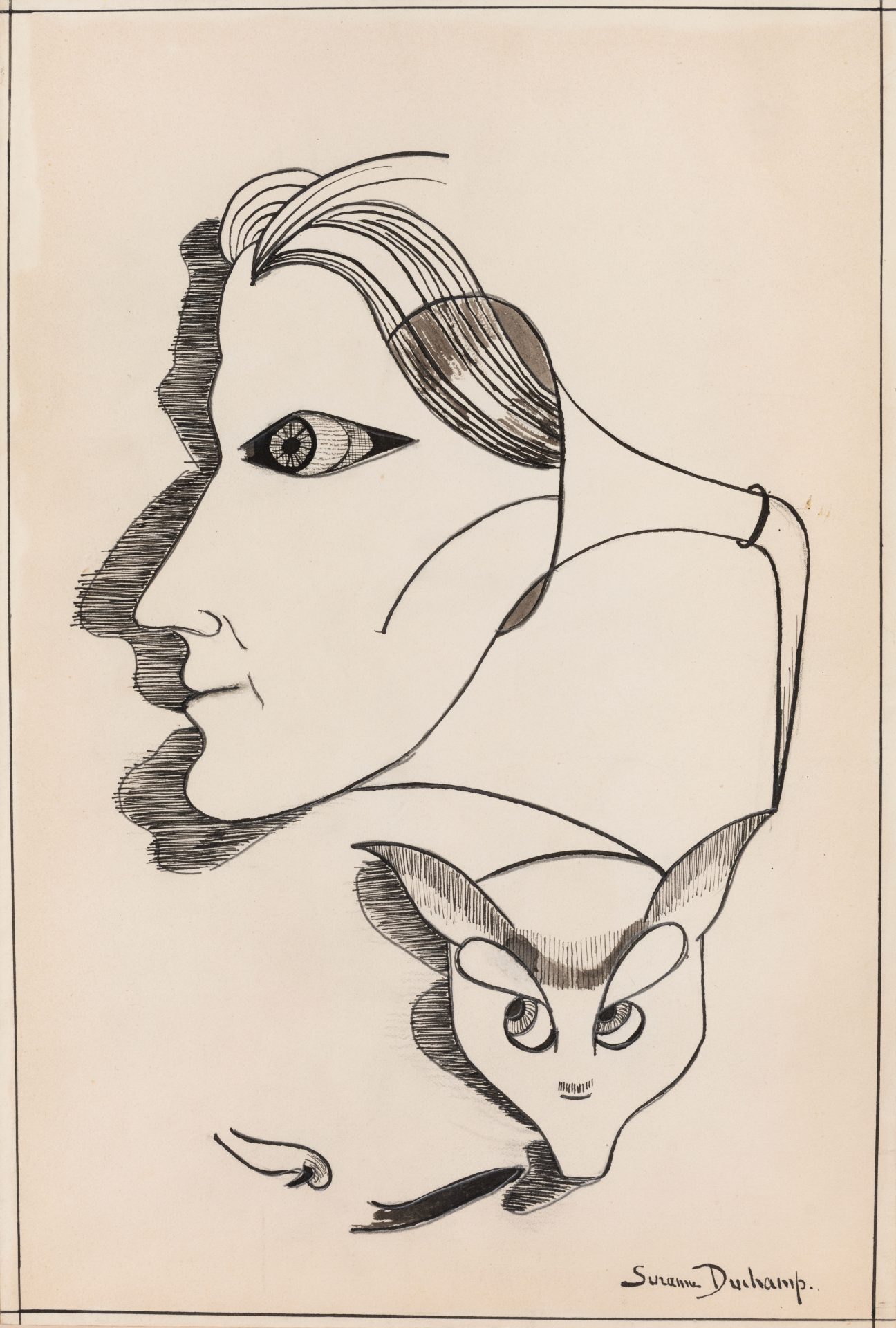CHAPTER 3
Suzanne Duchamp, 1925
Suzanne Duchamp, Autoportrait, 1922
Suzanne Duchamp, Sur le banc, ca. 1923
Suzanne Duchamp, Soubrette dans le jardin, ca. 1923
Suzanne Duchamp, La Noce, 1924
Suzanne Duchamp, Sans titre (Les colombes), ca. 1928
Suzanne Duchamp, Sans titre (Paysage sous-marin), ca. 1935
Suzanne Duchamp, Jean Crotti à son chevalet, 1950
Suzanne Duchamp, Le monde souterrain, 1961

Suzanne Duchamp, Sans titre (Autoportrait en profil au chat), ca. 1920
Experience until January 11, 2026 in the Schirn Kunsthalle Frankfurt the multifaceted work of this remarkable artist in the first overview exhibition in Germany.